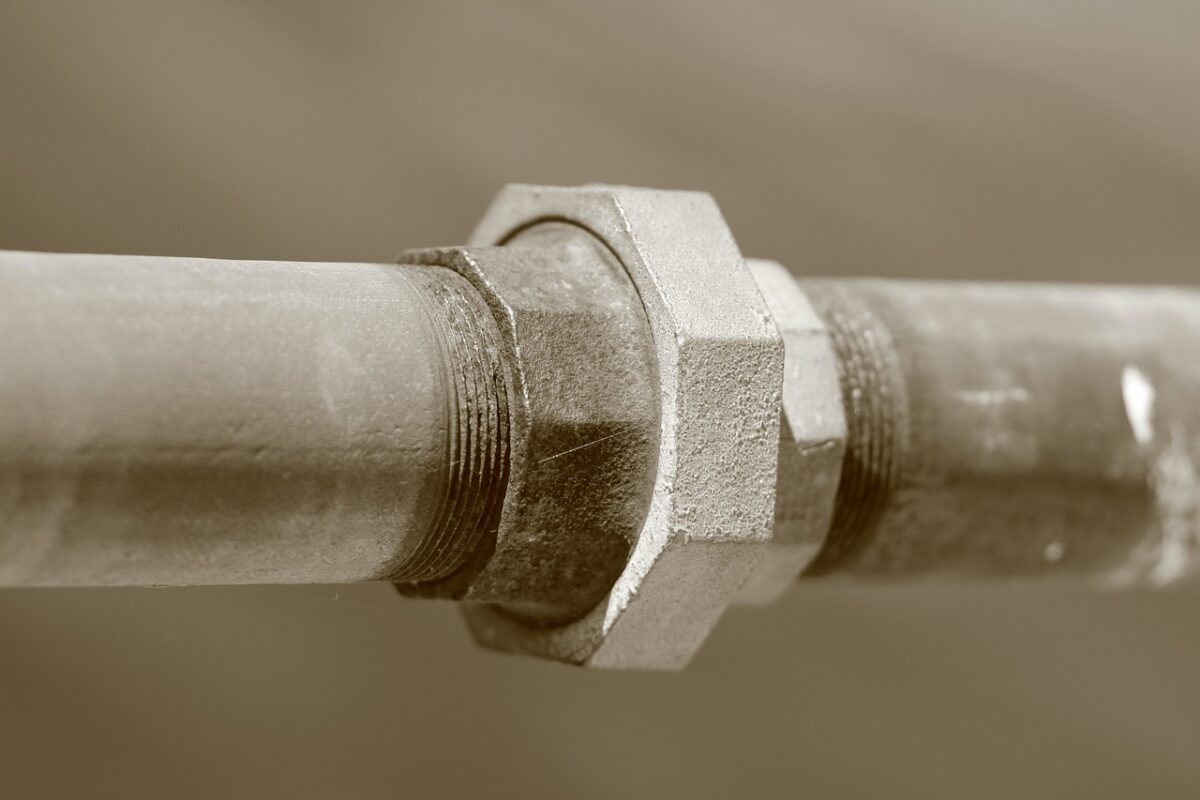CIPP Vs Trenching: Which is Superior?

Underground pipes have long been causing disruption and inconvenience. Technology provides us with alternatives that change the entire industry. If you want to know more about CIPP vs trenching, we’ve got you covered.
In this guide, we take a good look at both solutions, breaking down all of the details that you should know. In the end, you can make your own informed decision of which is superior.
Understanding CIPP
Let’s start with CIPP. This is a trenchless method that provides substantial repair options without requiring any digging or excavation to do so.
The acronym stands for “cured-in-place pipe.” It’s a trenchless technology that allows damaged pipes to get the repairs they need without digging up land to get to them. Instead, it is inserted using technology.
CIPP is a flexible tube coated in resin. That tube is inserted through some sort of access point. Once it is where it needs to be for the repair, the liner is inflated to the size of the pipe. It is cured to allow the resin to harden and adhere to the existing pipe. This essentially creates a brand-new pipe.
What are the Benefits of CIPP?
There are quite a few benefits to this approach:
- Trenchless technology allows for minimal disruption
- Faster completion time that only requires curing the resin
- Budget-friendly for most projects
- Highly durable materials that will last 50+ years
- Versatile to almost any pipeline need
Understanding Trenching
Trenching has long been the traditional method of pipe repair. Before technology gave us CIPP, trenching was the only option. It requires excavation or digging to access the pipeline in question. In some cases, that excavation may require digging beneath buildings or under streets, driveways, etc.
Once the digging is completed, the pipe repairs can be made. Then, cleanup and repair of soil and other surfaces will also need to be considered.
These are the benefits associated with trenching:
- Ability to handle complete pipe replacement
- Does not depend on the existing pipes for efficacy
- Applicable to every pipe, regardless of condition
CIPP vs Trenching Costs
When you compare the costs of CIPP and trenching, there are multiple details to consider. If you look just at the materials for CIPP as opposed to regular pipeline materials, CIPP could look more expensive.
The overall costs are going to vary depending on the project. However, you need to be sure to look at all of the costs associated with each type of repair.
While CIPP might have a higher material cost, there is no excavation, and that means reduced disruption, labor, and other project details.
Trenching materials have lower material costs, but the expenses for labor, excavation, and damages to landscaping, roads, etc., can add up very quickly.
Overall, you are probably going to spend less for CIPP when all factors are considered.
So, Which is Superior?
When it comes to looking at CIPP vs trenching, there are a lot of details to consider. The truth is that most of the time, trenching can be avoided, which provides a lot more than just cost savings. It’s less disruption and less overall inconvenience.
When CIPP is a feasible solution, it is far superior thanks to the non-invasive approach and the versatility in what it can handle. Before you make a final decision, work with a professional to see what best meets your needs.
Contact us today, and let’s discuss your project!